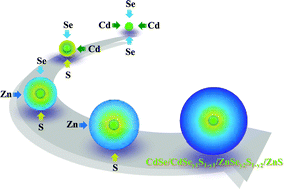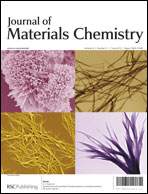Kinetic studies on the formation of various II–VI semiconductor nanocrystals and synthesis of gradient alloy quantum dots emitting in the entire visible range†
Abstract
From kinetic experiments monitoring the consumption of chalcogenide precursors by


 Please wait while we load your content...
Please wait while we load your content...